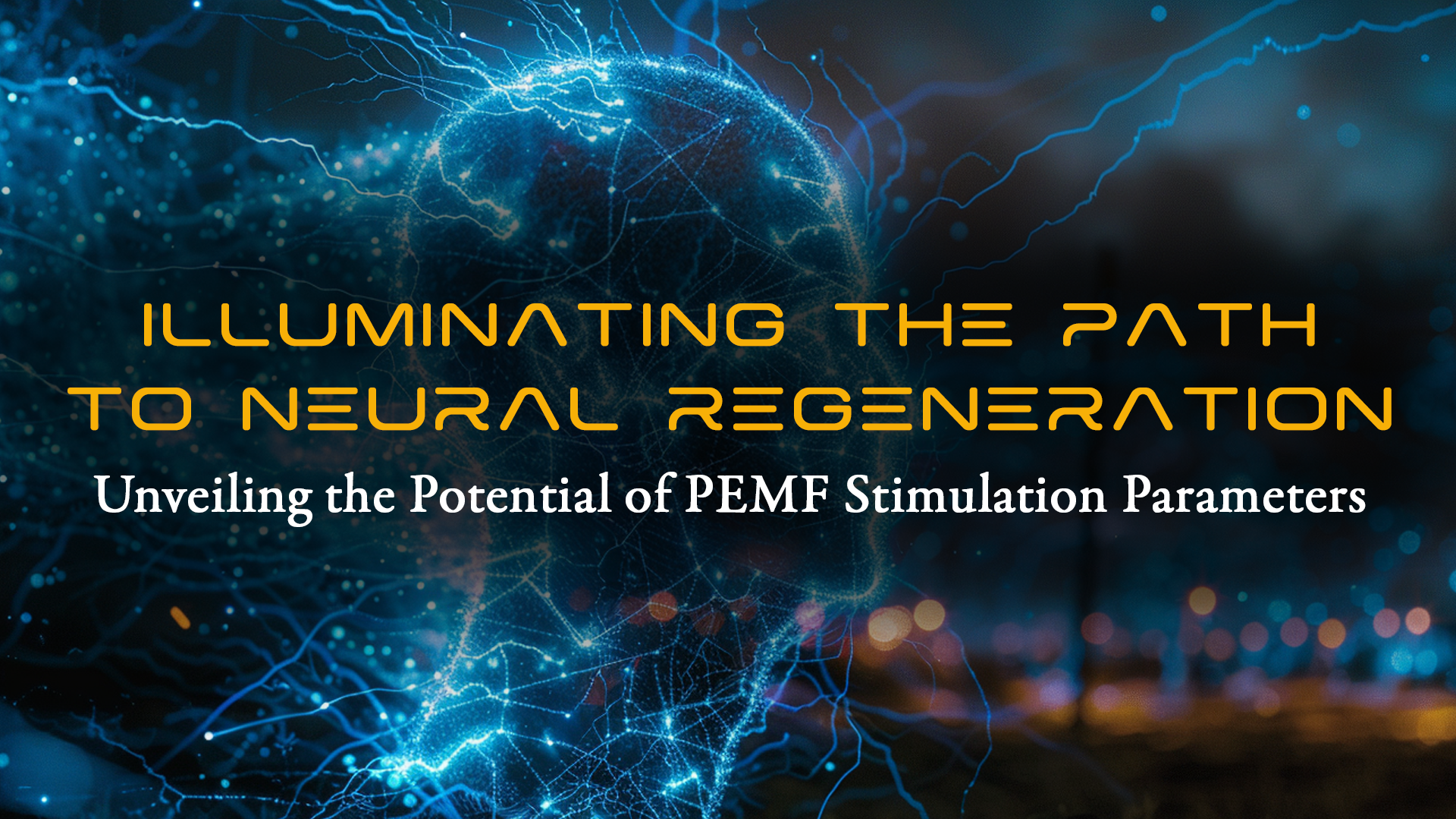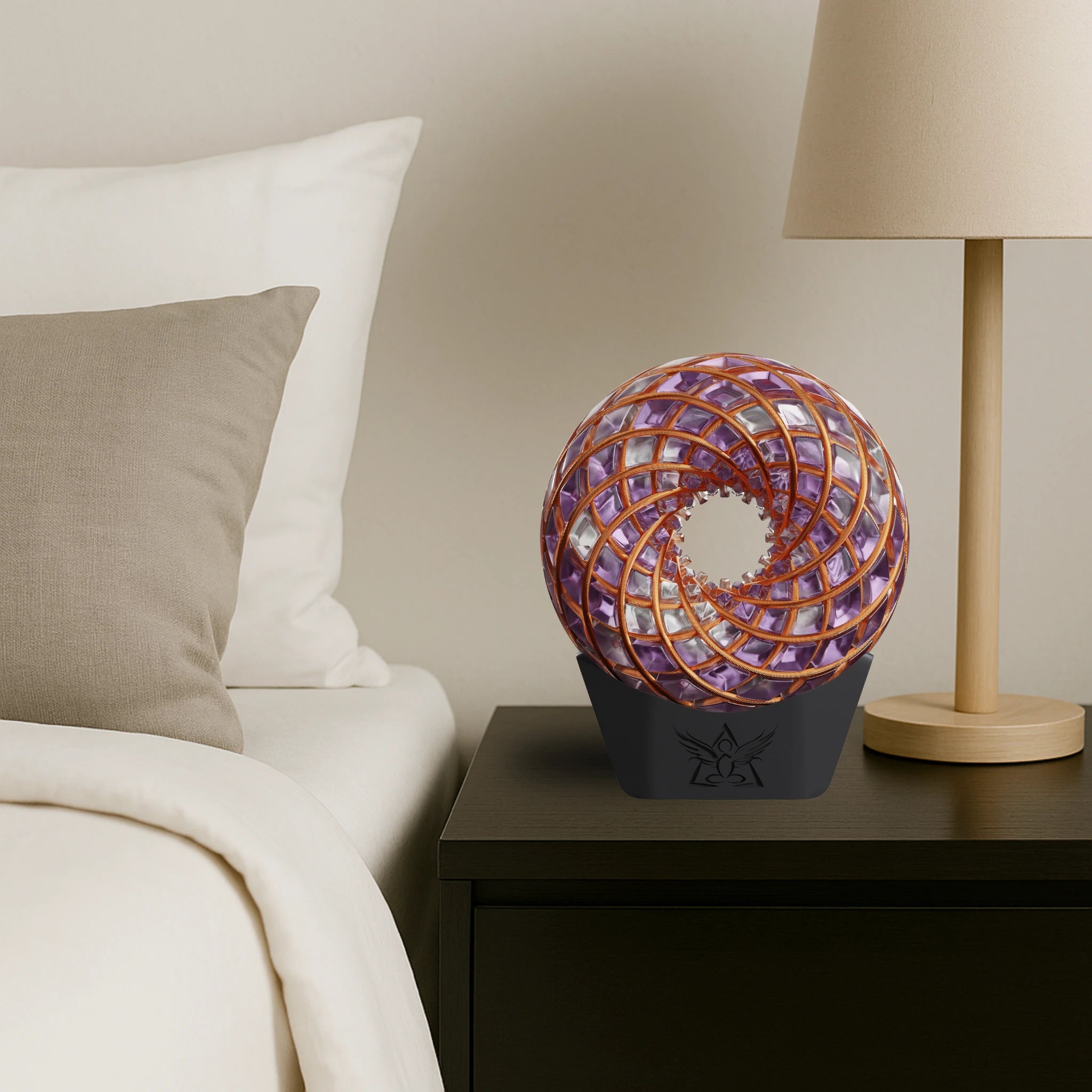In the quest for enhancing neural regeneration, researchers are delving into the potential of Pulsed Electromagnetic Field (PEMF) stimulation. This cutting-edge technology offers a promising avenue for promoting the growth and repair of neural tissues. In a groundbreaking study, Fontana et al. explore the effects of different PEMF stimulation parameters on F11 neuronal cells in vitro. Let's delve into the findings of this pioneering research and understand how PEMF holds the key to unlocking the secrets of neural regeneration.
Exploring PEMF Stimulation Parameters:
Fontana et al. embarked on a journey to investigate the impact of various PEMF stimulation parameters on F11 neuronal cells. They meticulously characterized the magnetic and electric field distribution, ensuring precise stimulation conditions. Compared to previous studies, which often overlooked field homogeneity, this research left no stone unturned in providing accurate and reproducible results.
Optimizing Frequency and Pulse Repetition:
The researchers identified the optimal frequency (F) and pulse repetition frequency (PRF) that trigger beneficial effects on neural cells. Surprisingly, a significant increase in neurite outgrowth was observed at an F of 13.5 MHz and a PRF of 20 Hz. This finding, unprecedented in the field, highlights the importance of fine-tuning stimulation parameters for maximal efficacy in promoting neural regeneration.
Deciphering Duty Cycle:
Intriguingly, the study also shed light on the role of duty cycle (DC) in PEMF stimulation. By systematically varying DC values, the researchers uncovered the optimal DC for promoting neurite outgrowth and cell viability. This nuanced approach to parameter optimization underscores the complexity of neural regeneration and the importance of tailored stimulation protocols.
Unraveling Mechanisms of Action:
Fontana et al. delved into the realm of electrical resonance and neuron refractory periods to understand the underlying mechanisms driving the observed effects. Their findings suggest that PEMF stimulation influences neural connectivity and signaling pathways, paving the way for enhanced neurogenesis and regeneration. Furthermore, the study revealed the potential anti-inflammatory effects of PEMF on immune cells, further broadening its therapeutic potential.
Implications for Future Research and Translation:
The findings of this study not only advance our understanding of PEMF's role in neural regeneration but also hold significant implications for future research and clinical applications. By elucidating the optimal stimulation parameters and underlying mechanisms, researchers can tailor PEMF therapy to maximize its therapeutic benefits. Moreover, the proven safety profile of PEMF stimulation regimes paves the way for translational studies to bring this technology from bench to bedside.
Fontana et al.'s pioneering study sheds light on the intricate interplay between PEMF stimulation parameters and neural regeneration. By optimizing frequency, pulse repetition, and duty cycle, researchers have unlocked the potential of PEMF to promote neurite outgrowth and modulate inflammatory responses. These findings deepen our understanding of neural repair mechanisms and offer new avenues for therapeutic intervention in neurological disorders. As we unravel the mysteries of PEMF's therapeutic potential, the future holds exciting possibilities for harnessing its power to heal and regenerate the nervous system.
Reference: https://www.sciencedirect.com/science/article/pii/S2666138123000610?ssrnid=4460463&dgcid=SSRN_redirect_SD#sec0017
20% OFF SITE WIDE - HOLIDAY FLASH SALE
Flexible Payment Options Available – Choose What Works Best for You!
FREE USA SHIPPING for ALL ORDERS OVER $250.00 USD

- Home
Education
- Accessories
- Galactic Alliances
- Blog
✨Join Our Newsletter✨
Sign up for transformational insights, exclusive discounts, and powerful knowledge to elevate your journey!
Drawer Title
- Choosing a selection results in a full page refresh.
This website uses cookies to ensure you get the best experience on our website.



